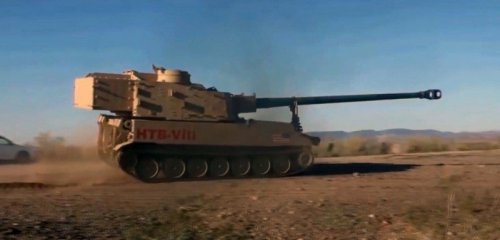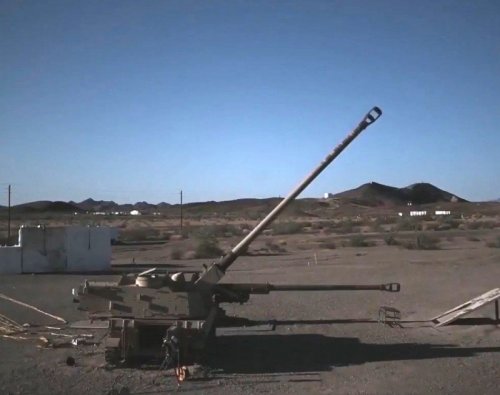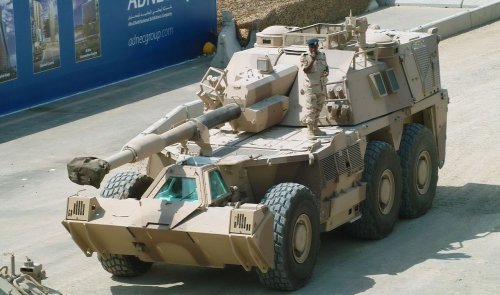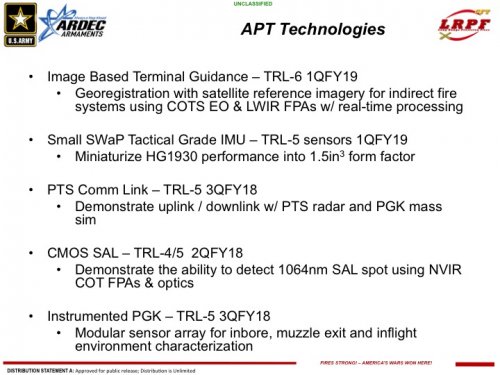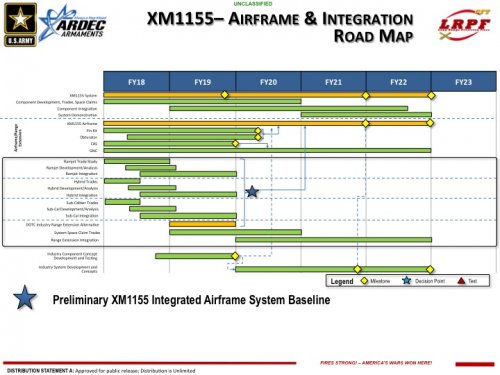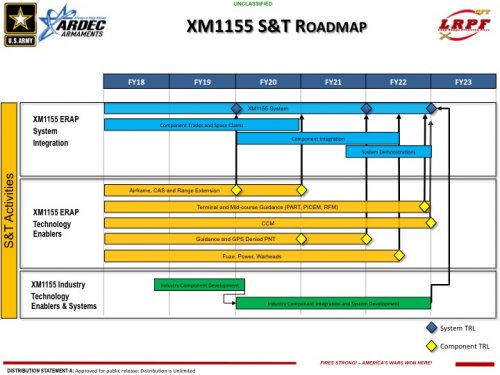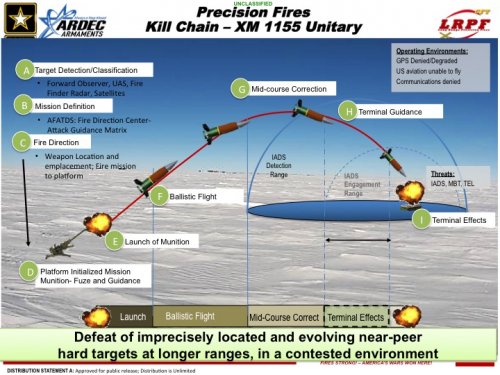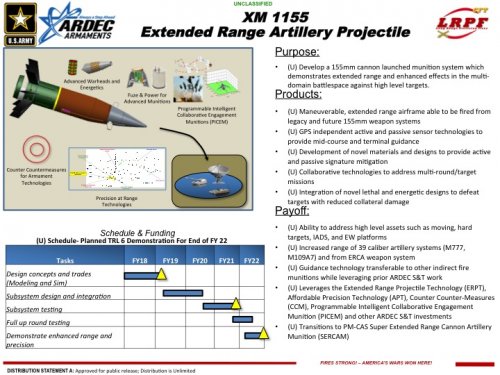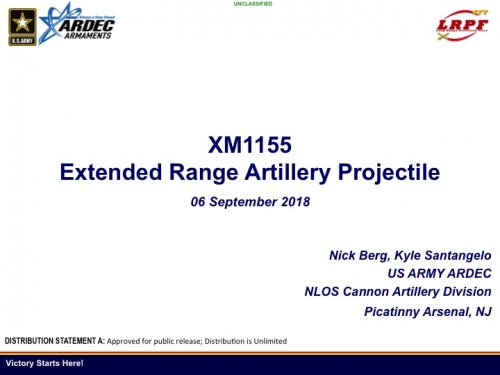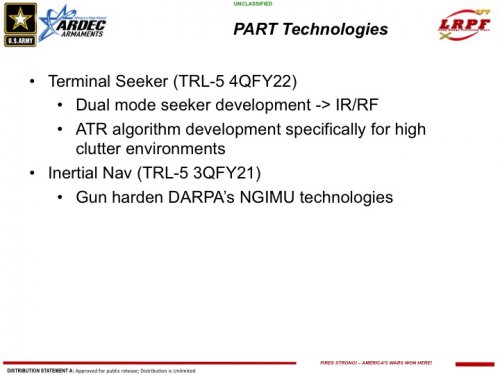Raytheon, in collaboration with the US Army, has now finalised development and testing of a new Excalibur Shaped Trajectory (EST) variant of the 1b.
“EST is a software upgrade for improved performance and manoeuvrability,” Paul R Daniels, senior manager, International and Growth Programs, Precision Indirect Fires at Raytheon, told Jane’s . “A reprogramming port on the side of the projectile enables legacy 1b rounds with the EST capability,” he said.
The conventional Excalibur mode of engagement is vertical attack; the EST upgrade enables field commanders to engage targets in hard-to-reach locations by selecting the projectile’s terminal or final phase angle of attack and angle of fall. With the EST upgrade, the 1b projectile can now perform off-axis shots, or reverse slope engagements over tall terrain features for hidden or obscured targets, including performing vertical u-turn manoeuvres to engage the target from behind. According to Daniels, the Excalibur EST allows the commander to engage a particular side of a targeted building, or defeat a target hidden under bridges or motorway overpasses.
The EST software build from start to demonstration (in October) was concluded in six months, and all software development is now finalised. As part of its contract with the army, the service’s 1b inventory will be reprogrammed with the new EST software. EST will also be cut into new production projectiles in 2019.
Raytheon, using internal research and development (IRAD) funding, is progressing further Excalibur technology enhancements to address challenging US Army capability gaps. A new variant – designated Excalibur Hit-to-Kill – will enable autonomous detection and defeat of moving- or high-interest static targets by integrating a terminal seeker and a new payload.
Raytheon has already integrated a digital semi-active laser terminal guidance capability with Excalibur. In 2014 the company tested what is designated as an ‘Excalibur S’ variant at the US Army Yuma Proving Ground. Excalibur S supplements the GPS guidance of the Excalibur 1b with a nose-mounted semi-active laser that is activated about 30 seconds before impact to provide terminal guidance. The Excalibur S reduces the risk associated with operating in contested – i.e., GPS-denied – environments.
However, Daniels said Raytheon is leveraging seeker technologies developed within the company to give Excalibur an autonomous capability to engage targets at long ranges without a forward-positioned land- or air-based laser designator. In parallel, the company has now matured a multi-effects warhead design to defeat armoured platforms.
Daniels said the Excalibur HTK development is geared towards the US Army’s future 155 mm Cannon-Delivered Area Effects Munition (C-DAEM) Anti-Armor Projectile requirement.
In a separate development, the US Army recently conducted a test of the Excalibur 1b with the developmental 58-calibre Extended Range Cannon – a modified Paladin howitzer – as part of its Extended Range Cannon Artillery (ERCA) programme. During the trials, two Excalibur 1b projectiles engaged two targets at a range of 62 km, with a precision of less than 2 m. The US Army wants an effective range of 70 km with the ERCA cannon. “Raytheon sees a viable path to deliver on that goal and to do so with the precision the world now expects from Excalibur,” said Daniels

